Blubber Glove
The animals of the Arctic and Antarctic circles spend their lives surviving subfreezing air temperatures and frigid water. Their secret is blubber, a thick layer […]
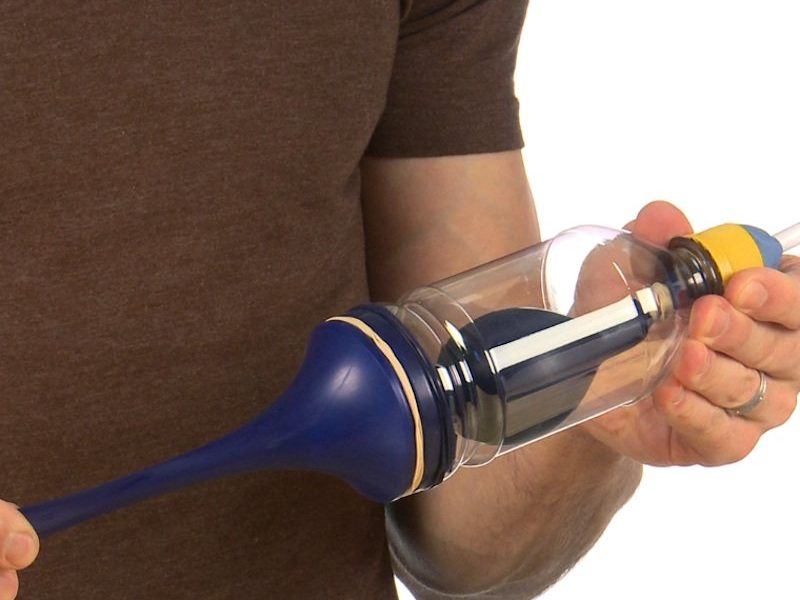
The human body is a magnificent machine. Every part serves a purpose that seems to work like magic (except maybe the appendix). The more science discovers and understands about the human body, the more opportunities we have to replicate their processes. With the Homemade Lung science project, you’ll learn how you can replicate a working lung with household objects. You’ll have a blast recreating this bodily function, and you don’t have to give up a lung to do it!
Use the utility knife to cut off the bottom of the bottle.
Tie off the end of one of the balloons.
Carefully use a pair of scissors to cut off the end (non-tied) of the balloon.
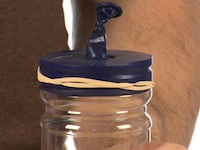
Stretch the end of the balloon over the bottom of the bottle, securing it with a rubber band.
Insert the straw into the end of the untied balloon, securing it with the other rubber band.
Ask an adult to help you drill a hole in the center of the bottle cap.
Push the straw through the bottom of the cap.
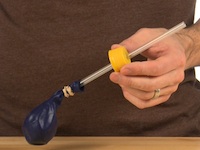
Put the balloon-covered end of the straw into the bottle and screw on the cap
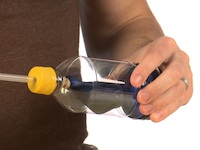
Use the modeling clay to create a seal around the straw where it exits the bottle cap.
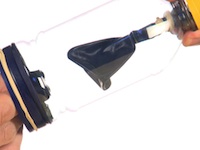
You’re ready to “breathe!” Pull on the end of the balloon that is wrapped around the bottom of the bottle. What happens? The balloon inside the bottle inflates! What happens when you release the outside balloon? The inside balloon deflates!
As with so many amazing science demonstrations, projects, and experiments, the Homemade Lung works because of air pressure. When the bottle is sealed off by the balloon on one end and the cap, straw, and balloon at the other, you create a container that is nearly airtight. Air cannot go in or out.
When you pull the balloon, you are increasing the volume of the container. However, the volume of air inside the container remains the same. This creates an area of low air pressure inside of the bottle, while the air pressure outside the bottle remains the same. The higher air pressure from outside the bottle forces itself into the only opening the bottle has, the straw. Outside air rushes to fill the straw and the connected balloon until the air pressure has balanced. Releasing the ballon takes the container back to its original air pressure and the balloon deflates as air rushes out of the straw.